First the good news about cities: because they are population-dense, they can be more efficient users of such things as energy and transportation than their rural counterparts, and they can be centers of innovation.
So says Lucy Hutyra, a College of Arts & Sciences assistant professor of earth and environment, who happens to work in a city. The bad news, says Hutyra, is the long-term costs of urban growth, which is about to explode.
In a paper cowritten with colleagues from Yale and Texas A&M, Hutyra forecasts a tripling of urban spaces worldwide by 2030 and maps, for the first time, where all those people will cluster (notably, Africa, China, and India). The expected growth, at 463,000 square miles, is “more urban land expansion than in all of history.” The report warns that it could threaten hundreds of plant and animal species with extinction, denude forests, and accelerate climate change. Hutyra says that almost 75 percent of man-made greenhouse gas emissions originate in cities.
Other researchers—from the United Nations to the U.S. Census Bureau to nonprofits—have predicted population and urban explosions before, but Hutyra’s is the first study to forecast where the projected five billion new urbanites will live and the first to look at the potential mayhem “on biodiversity and vegetation losses,” she says.
Part of the expansion, as well as its enabler, will be an infrastructure boom—roads, water and sanitary plants, energy and transportation systems—that could cost up to $30 trillion by 2030. “Development often follows roads and the availability of resources” such as energy and water, says Hutyra. “We will be locked in to many of our infrastructure and energy choices for these new cities for many years to come.”
“Although urban land cover is a small fraction of the total Earth surface, urban areas drive global environmental change,” the authors write in their paper, published in September 2012 in the online Proceedings of the National Academy of Sciences. “Land-cover change could lead to the loss of up to 4 percent of the species in some of the most biologically diverse areas around the world.”
Hutyra’s is the first study to forecast where the projected five billion new urbanites will live.
To spare the environment, Hutyra says, cities of the future should avoid urban sprawl and use environmentally friendly energy sources. “Unfortunately, there is no universal best formula for development,” she says. “Local availability, climate, ecology, and social preferences need to be considered for sustainable urban planning.”
The researchers, who looked at the history of urban growth and at population and gross domestic product forecasts by the United Nations and its Intergovernmental Panel on Climate Change, acknowledge the clouds in their crystal ball: “History has proven some past projections of population growth”—a key engine of urbanization—“to be grossly inaccurate, and there still remain large uncertainties around population-growth estimates.”
Hutyra cites the 1968 best seller The Population Bomb, in which Stanford biologist Paul Ehrlich cautioned, in a way reminiscent of Chicken Little, that the 1970s would see mass starvation, rampant disease, and social turmoil from overpopulation. “Thankfully,” she says, “many of the predictions did not come to pass. Population growth rates and dynamics are notoriously difficult to predict as a whole, much less in a spatially specific manner,” as in her study.
The researchers note that their findings exclude another, potentially significant engine of Africa’s urbanization—the continent’s hard-to-measure black-market economy. They also didn’t study urbanization’s potential indirect hits to the environment. For example, city dwellers eat more meat than rural residents, and meat production requires vast energy production.
Hutyra’s bottom line: the future health of the planet is up to us.
“Our choices in where and how we develop our future cities will determine the environmental impacts,” she says. “We certainly have opportunities to change the future.”


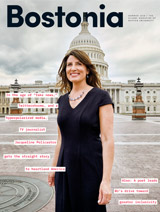



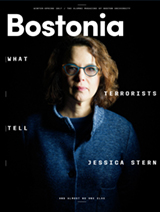

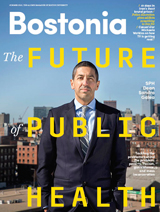





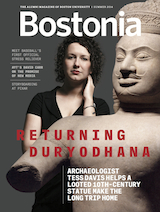







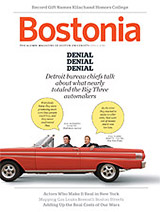
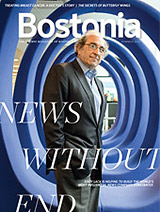
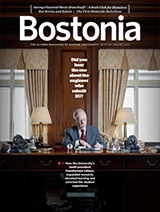










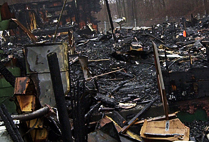









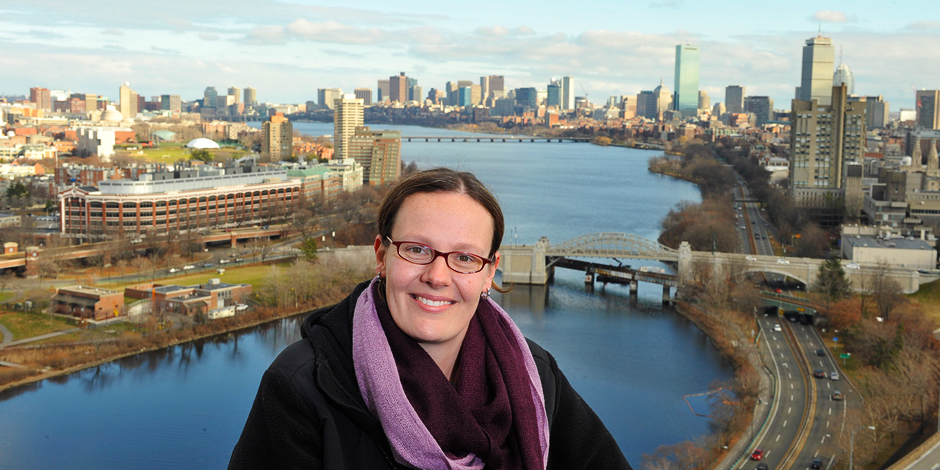



We should not be fearful of the increasing urbanization of the world’s population. The statement that “75 percent of man-made greenhouse gas emissions originate in cities” seems to blame cities for our environmental challenges. David Owen, author of “Green Metropolis: Why Living Closer and Driving Less are the Keys to Sustainability,” makes the opposite claim, seeing Manhattan as a model for sustainable living. The correlation between urban densities and energy usage are very clear. Those living in dense urban areas use less energy than those in less dense urban areas. It depends hugely on what kind of urban living we model. Houston and Atlanta are clearly not the answer, but there are plenty of urban models worthy of emulation.
“Part of the expansion, as well as its enabler, will be an infrastructure boom—roads, water and sanitary plants, energy and transportation systems—forecast to cost up to $30 billion by 2030.”
That should be $30 TRILLION, not billion. Although I have no expertise or knowledge in this area, it seemed absolutely certain to me when I first read it that the $30 billion figure was completely and grossly wrong.
To confirm my near-certain suspicions, I looked up the original paper. Here is the relevant line:
“Recent estimates suggest that between $25 and $30 trillion U.S. dollars will be spent on infrastructure worldwide by 2030, with $100 billion a year in China alone.”
Hi Andy,
Thanks very much for the comment. You are correct, and I’ve made the change here. We regret the error.
Cindy Buccini
Managing Editor